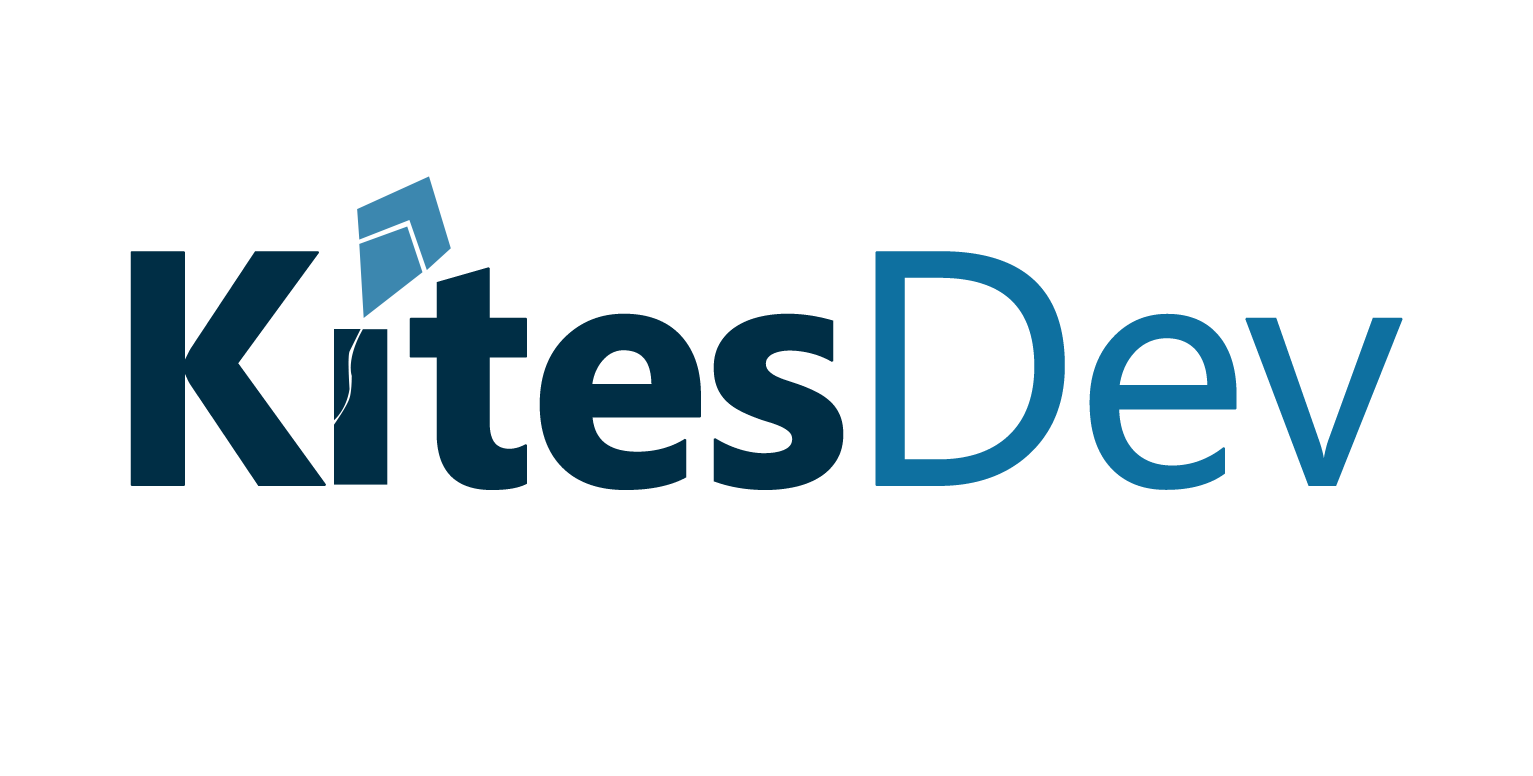How Artificial Intelligence is Revolutionizing the Field of Medical Diagnostics
Medical diagnostics is an ever-evolving field with the emergence of new technologies and advancements. Artificial intelligence (AI) has been driving the revolution in this field and has been used to diagnose and treat a variety of diseases. AI has been used to develop more accurate and precise diagnostics, reduce the need for human labor, and improve outcomes for patients.
AI-Driven Diagnostic Accuracy
AI can be used to analyze large amounts of data quickly and accurately, which can help doctors diagnose diseases more accurately. AI algorithms have been developed to analyze medical images, such as X-rays and CT scans, to detect abnormalities that may require further investigation. AI-driven medical imaging systems can detect subtle changes in anatomy and physiology, which can help diagnose diseases faster and more accurately. AI can also be used to analyze patient records and medical histories to identify patterns that can help doctors make more informed decisions.
Reduction in Labor Costs
The use of AI in medical diagnosis can help reduce labor costs by automating routine tasks and freeing up medical personnel to focus on more complex tasks. AI can be used to automate the processing of medical records, which can improve the efficiency of data entry and reduce the amount of time spent on administrative tasks. AI can also be used to automate the analysis of medical images, which can reduce the amount of time spent by radiologists in interpreting images.
Improved Outcomes for Patients
AI can be used to improve the accuracy of medical diagnoses and reduce the need for costly and invasive tests, which can lead to better outcomes for patients. AI-driven medical diagnostics can also help reduce the time needed to diagnose and treat diseases, which can lead to better outcomes for patients in the long run. AI can also be used to monitor patients over time to identify potential health issues before they become serious, which can help patients receive timely care and treatment.
Conclusion
AI is revolutionizing the field of medical diagnostics and is being used to improve accuracy, reduce labor costs, and improve outcomes for patients. AI-driven medical diagnostics can help reduce the time and cost of medical treatments and improve patient outcomes. As AI technology continues to advance, it is expected that the use of AI in medical diagnostics will only grow.




